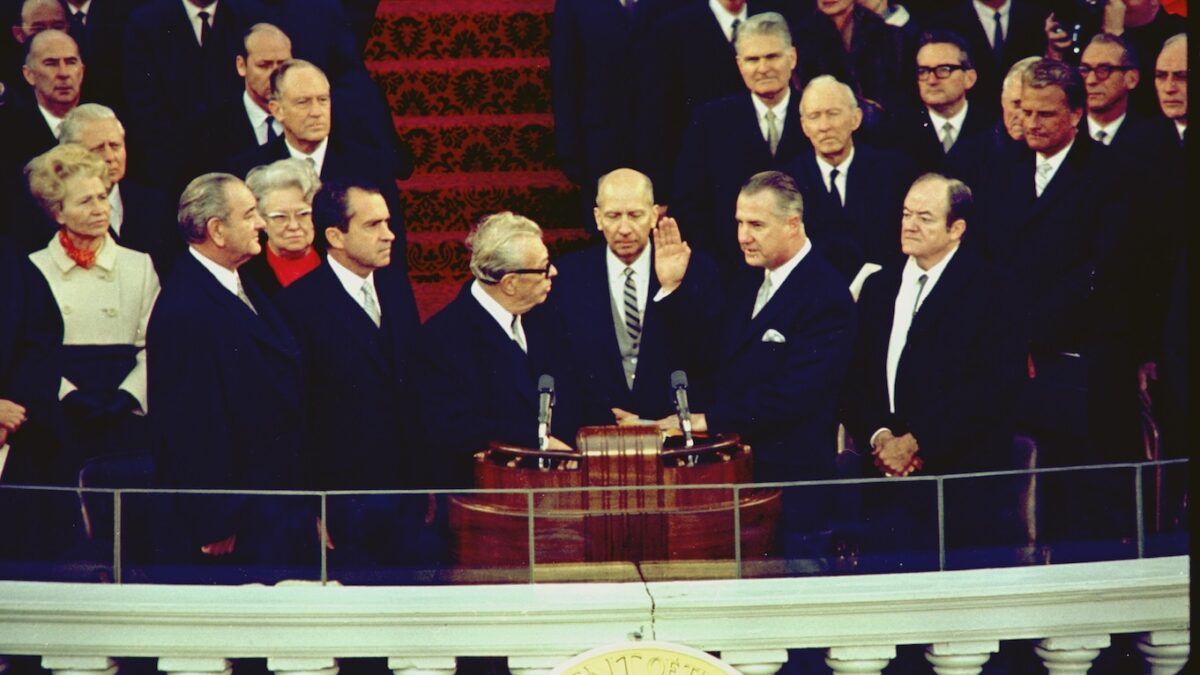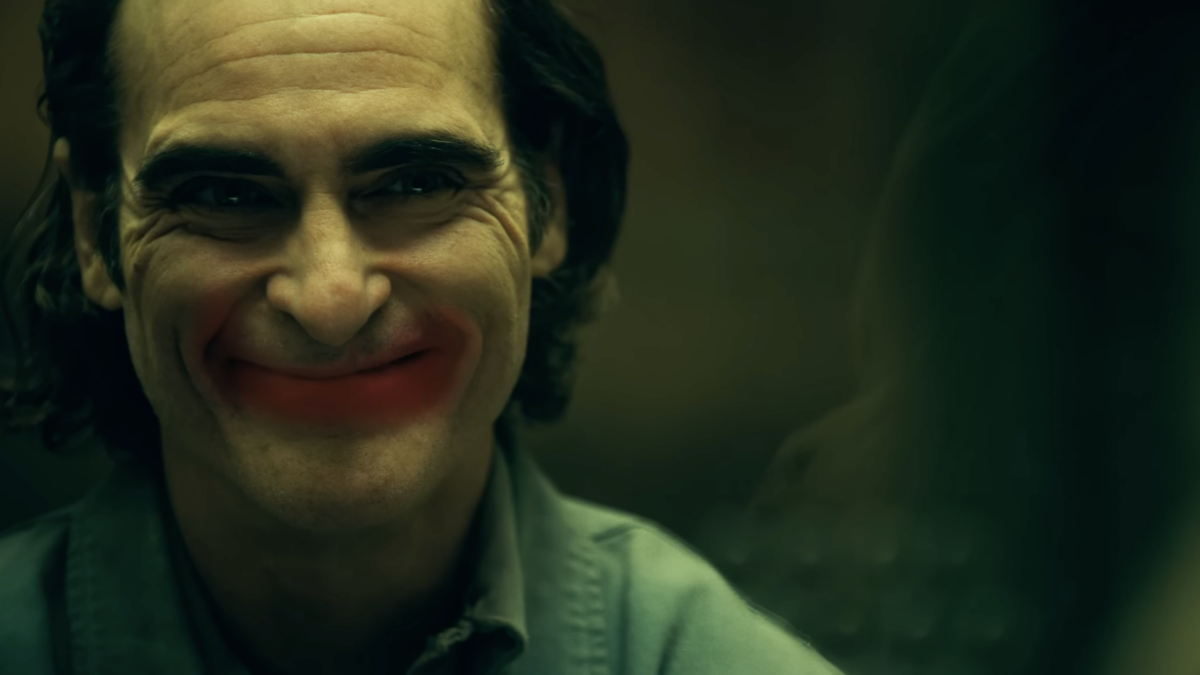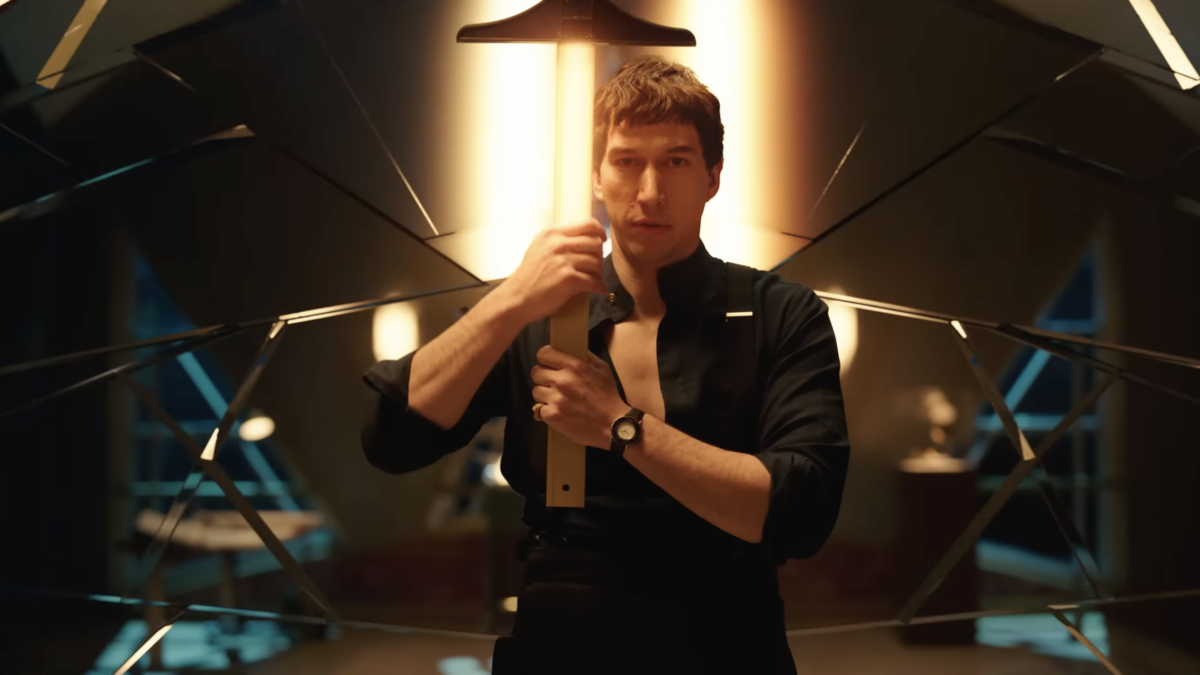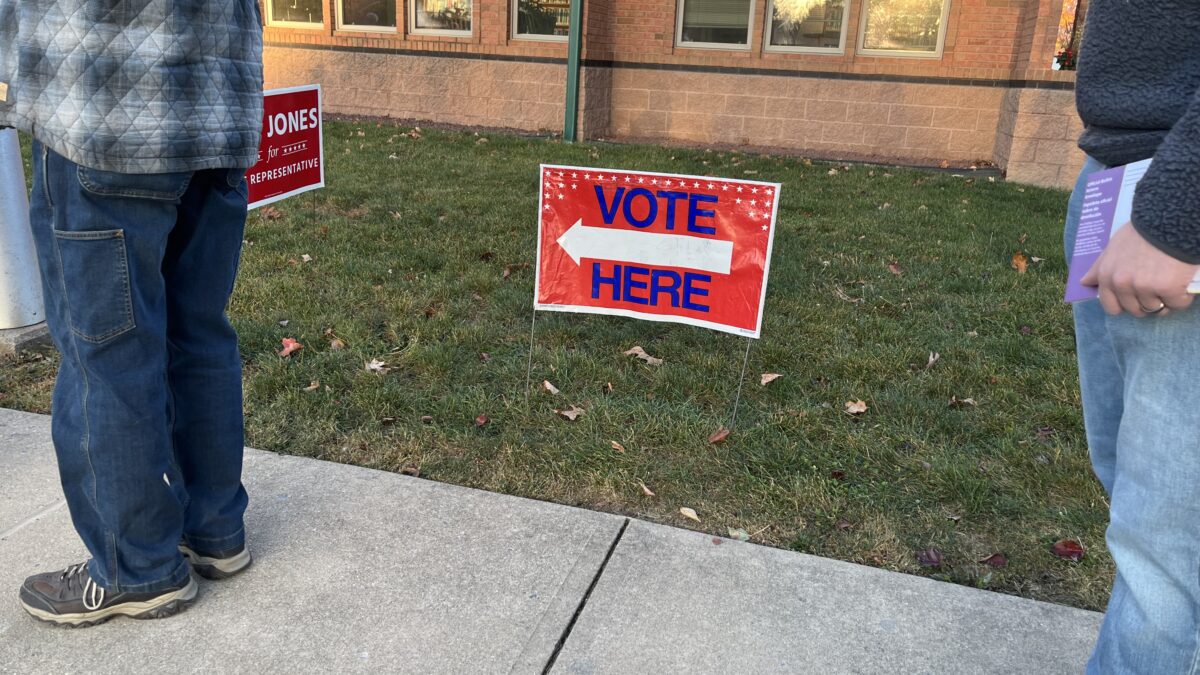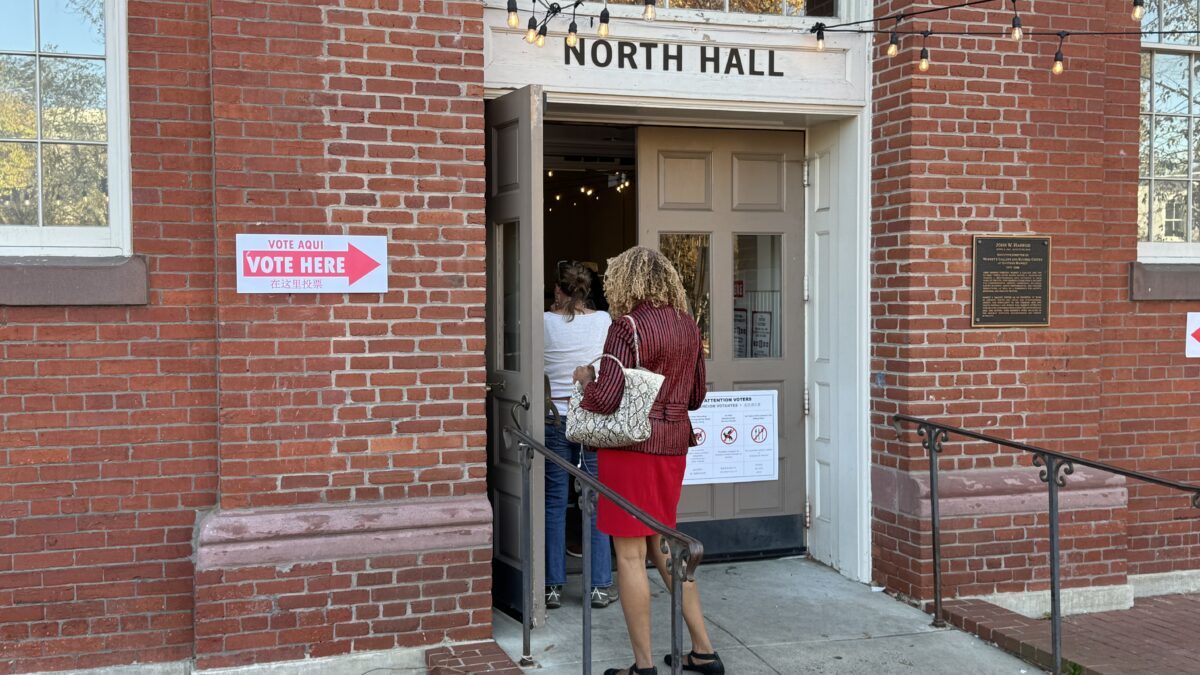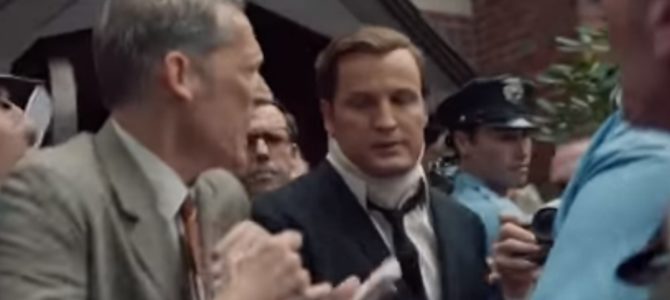
“Chappaquiddick” has been well received by liberals and conservatives for its decidedly agnostic take on the 1969 crash involving Massachusetts Sen. Ted Kennedy and Mary Jo Kopechne, particularly in regards to whether Mary Jo and Ted were lovers and whether he was drunk when his car veered off the bridge. One columnist at The New York Times, however, was far from pleased, has vilified the film as oscillating between “dramatic interpretation to outright character assassination.”
Given the fact that one person was indeed killed (and it was not Kennedy), use of the word “assassination” to describe Kennedy’s fate is a bit ironic. The film recounts how Kennedy drove his 1967 Oldsmobile sedan over the side of Dyke Bridge on the small Massachusetts island of Chappaquiddick, killing his sole passenger, Kopechne. What the film does particularly well is explore not only the painful moments preceding the crash, but also the brazen, yet presumably tortured hours after the accident, during which Kennedy waited nearly 10 hours to report the crash.
Neal Gabler asserts in The New York Times that the film “distorts a tragedy,” citing the image of Kopechne “gasping for air” as just one example of a scene that alternated between drama and character assassination. What’s bizarre about Gabler’s claim is that Kopechne was found with her head in the footwell of the car, suggesting that she may well have been searching for pockets of air within the submerged vehicle. In fact, both the scuba diver who rescued her and the mortician who examined her believed Kopechne did not drown, but instead “had suffocated by inhaling her expelled carbon dioxide after the air pocket emptied,” implying that, if Kennedy had called for help sooner, she might still be alive.
Aside from this debatable (though totally fair) characterization of her death, Gabler offers no other examples of factual problems in the film he claims is so skewed. But what seems to be the thrust of Gabler’s complaints is that the movie markets itself as an “untold story,” when Gabler believes that “the story has been told plenty.” Gabler’s claim is patently incorrect. Surely, many stories have been told in relation to the events that occurred on July 18, 1969, but the movie would have little purpose to exist in 2018 if the full and honest account had been told in the fifty years prior.
Furthermore, bemoaning the marketing of a movie is a rich diversion and misses the point — Kennedy’s behavior left a woman dead, and this fact is indisputable. Reporter Robert Sherill of The New York Times captured in 1974 just how tedious it was in the years following the accident to wriggle the truth from Kennedy and his cadre: “The ‘Kennedy story’ — that is, the account supplied by Kennedy and his companions of the evening — did not come out immediately or smoothly or voluntarily. It came out in jerks, in bits and pieces, always incomplete, grudgingly, loaded with contradictions and inconsistencies.”
Indeed, Kennedy’s behavior in the time period between failing to rescue Mary Jo and his actual reporting of the accident appears, at best, grossly wanton and, at worst, chillingly psychotic. According to Kennedy, he arrived back to the hotel around 2 a.m., exhausted and in pain. He put on a jacket, retrieved a clock from the front desk, and proceeded to head to bed, alternating between restless sleep and brooding. And the morning following the accident, prior to reporting the overturned vehicle, Kennedy enjoyed a walk outside his inn and then proceeded to order a copy of the latest newspapers from his hotel lobby.
It was only at the heavy behest of his friends that he finally reported the accident to the police a little after 9 a.m. This man would later be revered as the “Lion of the Senate” or as Gabler described him, a man who “had managed to transcend celebrity and emotional paralysis and become what he had long aspired to be: an indispensable legislator whose achievements included the 18-year-old vote, the American With Disabilities Act and the Children’s Health Insurance Program.”
Gabler’s desire to redeem Kennedy’s image amidst contemporary reexamination of the Chappaquiddick incident is neither inventive nor effective; it instead strikes the reader as a bizarre form of apologia, one the Democratic Party has wed itself to ever since that disastrous evening in 1969.
The film is unusual within the field of Chappaquiddick-related material, partly because it grants Mary Jo more agency than she is afforded in much of the matter that had previously been produced on the subject. Indeed, in this film, Mary Jo has her own set of dashed dreams and moments of confusion that paint a far richer picture than has been awarded to her in other pieces devoted to the subject, both artistic and journalistic.
Her family expressed satisfaction at the movie’s release. “For 49 years whenever you mentioned Chappaquiddick it was always about Ted Kennedy and the focus has now shifted towards Mary Jo and rightfully so,” her second cousin William Nelson said. “She’s the one that lost her life that night.”
Even though Mary Jo is the indisputable victim of that evening’s tragedy, in the entirety of Gabler’s piece, Mary Jo’s name appears just twice — the first time serving to identify her as the victim, simply referring to her as a “a campaign worker for his late brother Robert,” and the second time, to criticize the scene in which her character is shown struggling for air in the car’s footwell. Meanwhile and unsurprisingly, Gabler references Ted Kennedy no less than 10 times.
“Chappaquiddick” offered critics the chance to detach themselves from the distorted narrative that has colored much conversation surrounding discussions of Chappaquidick, and many did. Gabler’s piece, however, may happily join the ranks of those more interested in salvaging Ted Kennedy’s legacy than engaging in thoughtful critique of a highly fallible man.
The only person who died that evening was Mary Jo Kopechne. It is unfortunate we must continue to remind Kennedy’s apologists of this fact almost 50 years later.


